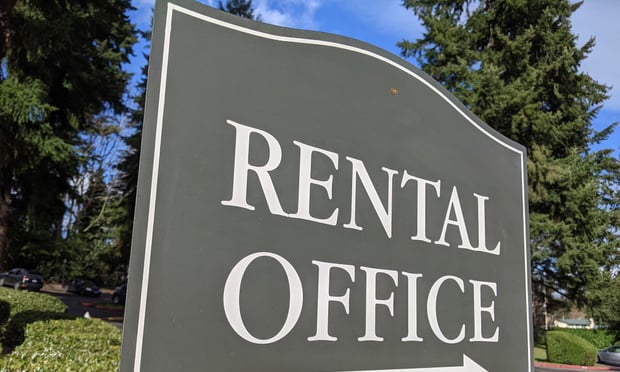The homebuilder said to the architect, "Should we get a license to build the home based on the other architect's plans?" The architect replied, "No, the home you will build based on my plans will be different enough that no license is called for." The architect made construction drawings in accordance with the second architect's plans.
After the builder constructed a few houses based on the plan, the second architect brought two different lawsuits. The claim was that the homes infringed federal copyright rights held by the second architect. The second architect did not sue the first architect.
The homebuilder finally consulted a lawyer. They assessed the likely costs and the probability of the homebuilder's success. Then, they decided to settle the two cases. The homebuilder paid over $100,000 to the plaintiff in one case, and the homebuilder's insurance carrier paid a settlement in the second case. The homebuilder also incurred its legal fees in connection with these two actions.
On the heels of the second settlement, the homebuilder sued the original architect, claiming that he should contribute to, or pay a portion of, the settlement amount because the architect played an important role in allowing this infringement to occur, even though the second architect had not sued the first architect.Those were essentially the facts in a recent case in New York, known as KBL Corp. v. Arnouts, 2009 WL 302060 (SDNY 2009).
The homebuilder had three arguments. First, the homebuilder said it was entitled, under federal law or state law, to have its architect make a contribution to the settlement. Second, the homebuilder said the architect should indemnify the homebuilder. Third, the homebuilder claimed that the architect induced the homebuilder to engage in the infringement.
None of these arguments worked ultimately. The architect did not have to pay anything to the homebuilder and the court dismissed the case.
The federal copyright act does not provide for the remedy of contribution by one infringer against a fellow infringer. A handful of recent cases in New York, California and New Jersey have held that Congress did not expressly make the remedy of contribution part of the statute. Because Congress wanted to protect copyright owners, not infringers, the court has no basis for creating a common law right to contribution. By making the infringer liable for the entire amount, the law enhances the deterrent effect.
If courts allowed claims for contribution, the outcome would dilute the effect that the copyright owners claims would have on any particular infringer. "There is every indication that if Congress had wished to provide a right of contribution under the Copyright Act, it would have done so explicitly, because the Act is otherwise comprehensive and detailed, and already includes a remedial scheme," the Court said.
New York law did not permit a right of contribution, either. On the one hand, the Copyright Act is federal law, and federal law, not New York law, governs remedies in connection with breaches of federal law. On the other hand, even if New York law applied, the homebuilder would not be entitled to contribution because he settled the suits. New York provides for contribution among joint tortfeasors, but not after one of the parties settles before a judgment in favor of a plaintiff. A person who settles before a judgment is a volunteer who could be mistaken in his analysis.
Second, in the absence of a contract providing for indemnity, under New York common law, a person is not entitled to indemnity unless the person seeking indemnity is "without fault." The homebuilder was not without fault.
Third, federal law states that someone who induces an infringer may be held liable under certain circumstances to the copyright owner for his inducement. However, the court said, the remedy against the inducer is available to the copyright owner, not to the person who was induced to infringe. The remedy is not available to allow an infringer to bring a claim against a co-infringer.
In other words, the builder had to shoulder the entire amount of the settlement itself, without any contribution from the architect.
Noel D. Humphreys is Of Council at Connell Foley LLP's Roseland office. He can be reached at 973.535.0500. The views expressed here are the author's own.
Connell Foley LLP presents the materials and information contained in this article for informational purposes only and they do not constitute advertising, a solicitation, or legal advice.
Want to continue reading?
Become a Free ALM Digital Reader.
Once you are an ALM Digital Member, you’ll receive:
- Breaking commercial real estate news and analysis, on-site and via our newsletters and custom alerts
- Educational webcasts, white papers, and ebooks from industry thought leaders
- Critical coverage of the property casualty insurance and financial advisory markets on our other ALM sites, PropertyCasualty360 and ThinkAdvisor
Already have an account? Sign In Now
*May exclude premium content© 2025 ALM Global, LLC, All Rights Reserved. Request academic re-use from www.copyright.com. All other uses, submit a request to [email protected]. For more information visit Asset & Logo Licensing.








